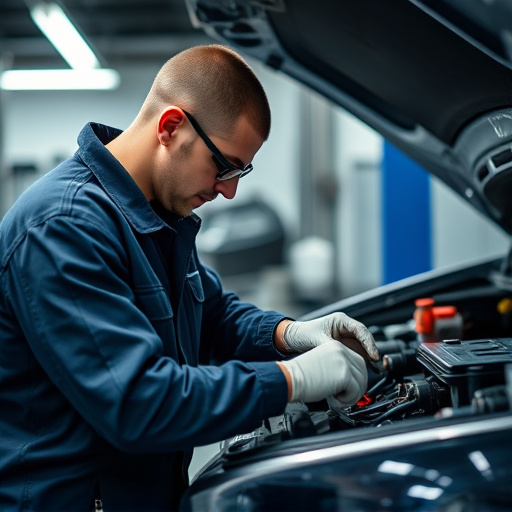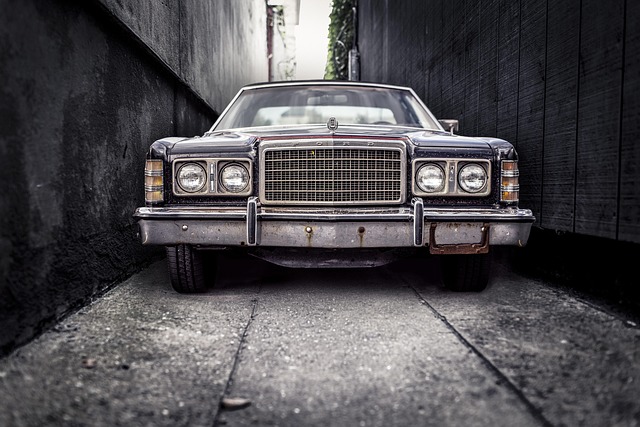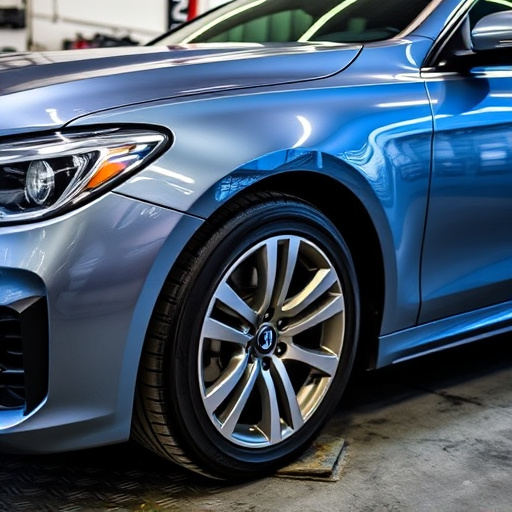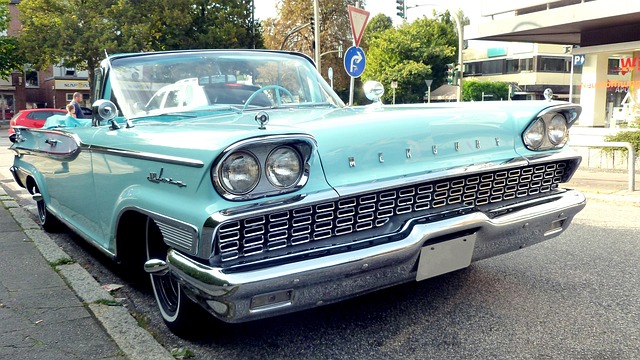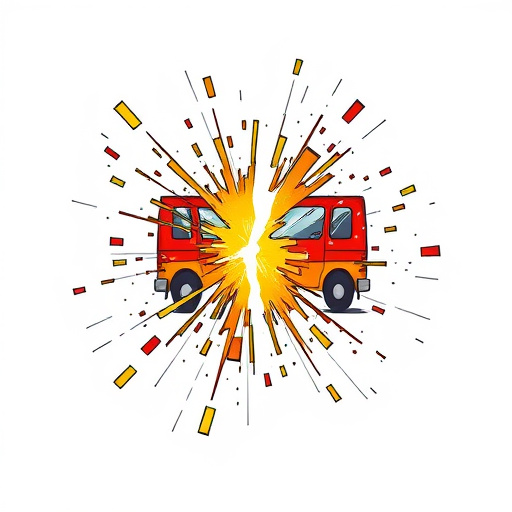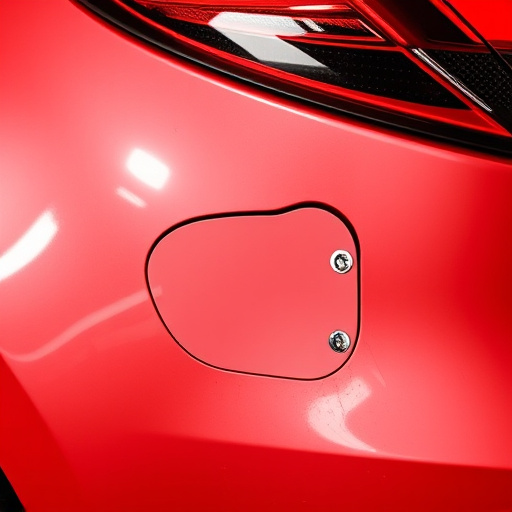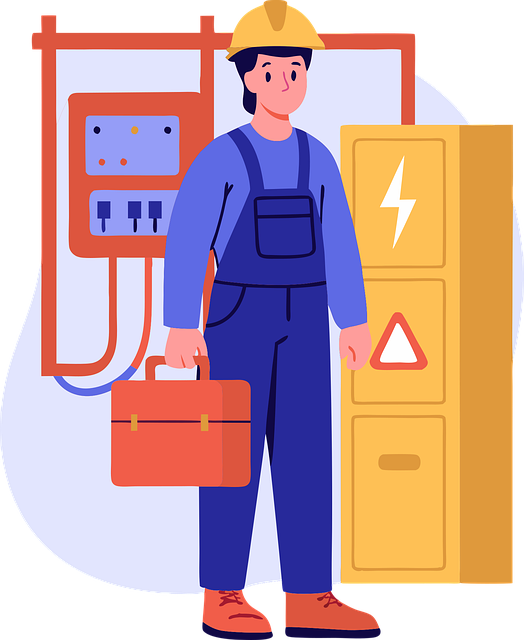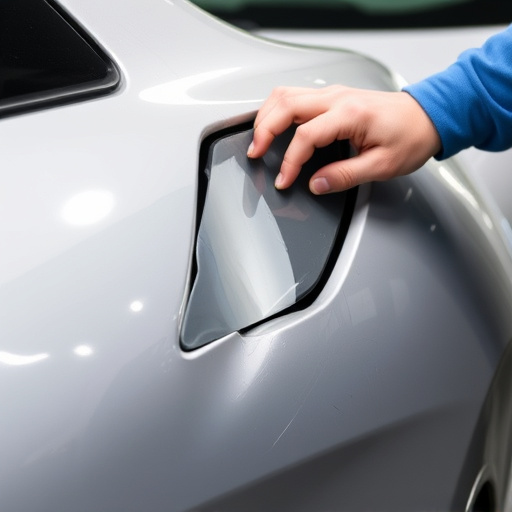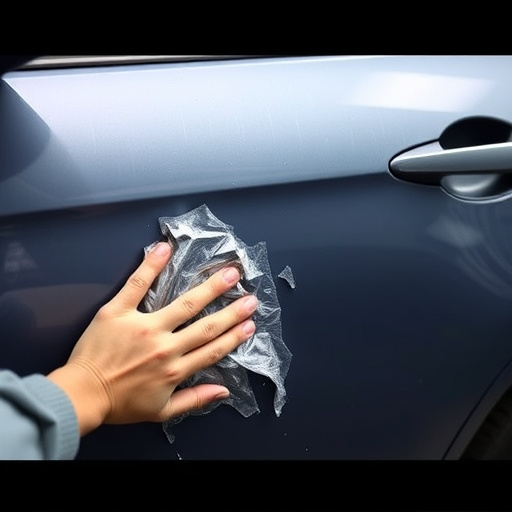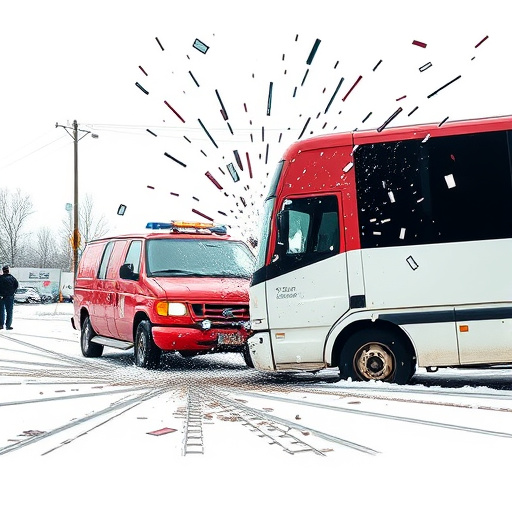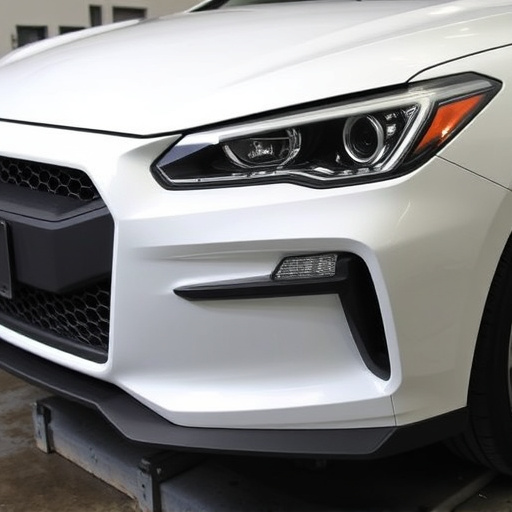Tesla bumper sensors prevent rear-end collisions through ultrasonic waves and signal interpretation. Damage after accidents requires prompt professional repair for optimal safety, including paintless dent repair. Rear-end crashes often stem from driver inattention, weather conditions, or hail damage. This guide offers DIY or professional Tesla bumper sensor repair instructions for enhanced vehicle safety.
“In the event of a rear-end collision, one of the most common issues owners face with their Teslas is damaged bumper sensors. These advanced sensors play a crucial role in autonomous driving and safety features, making their timely repair essential. Understanding the components and functionality of Tesla bumper sensors, along with identifying prevalent causes of rear-end accidents specific to these vehicles, is key to effective troubleshooting. This guide offers both DIY enthusiasts and professional mechanics a comprehensive step-by-step approach to ensuring proper sensor repair.”
- Understanding Tesla Bumper Sensors: Function and Location
- Common Causes of Rear-End Accidents Involving Teslas
- Step-by-Step Guide to DIY or Professional Sensor Repair
Understanding Tesla Bumper Sensors: Function and Location
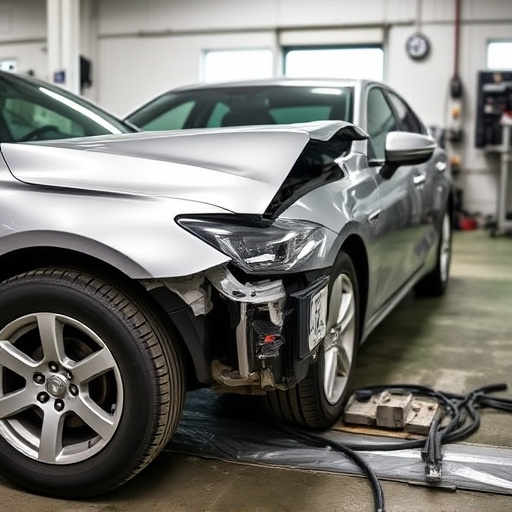
Tesla bumper sensors are an integral part of the vehicle’s safety system, designed to detect obstacles and help prevent accidents, especially rear-end collisions. These sensors are strategically placed along the front and rear bumpers, allowing the car to gauge its proximity to other objects. When a potential collision is sensed, the system triggers an alert, warning the driver to take evasive action or applying the brakes to mitigate the impact.
Each Tesla bumper sensor consists of multiple components, including a transducer, which emits ultrasonic waves, and a receiver that interprets the reflected signals. This technology enables precise detection, even in challenging weather conditions like rain or snow. Understanding how these sensors work is crucial when considering Tesla bumper sensor repair after a rear-end accident. Damage to the sensors can impact the overall safety of the vehicle, underscoring the need for prompt evaluation and professional repairs, such as paintless dent repair, to ensure optimal functionality and performance, alongside regular auto glass repair and tire services maintenance.
Common Causes of Rear-End Accidents Involving Teslas
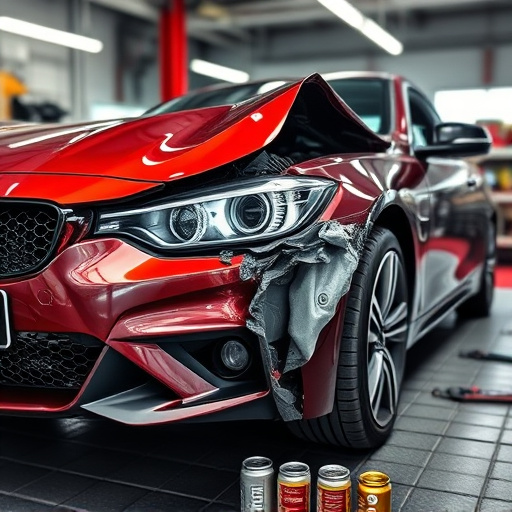
Rear-end collisions are a common occurrence on our roads, and Teslas, with their advanced technology, are not immune to these accidents. When it comes to Tesla bumper sensor repair, understanding the underlying causes can help drivers be more vigilant and potentially avoid such incidents. One of the primary reasons for rear-end crashes involving Teslas—as with any vehicle—is driver inattention. With so many features and a focus on autonomous driving, drivers may become distracted or lose concentration, leading to a failure to brake in time.
Another significant factor is unexpected weather conditions, such as heavy rain or snow, which can reduce visibility and cause slippery roads. Hail damage repair might be required if severe weather events occur, impacting the vehicle’s overall structure and, consequently, its sensors. Additionally, lane changes without proper signaling or failure to maintain a safe following distance are common causes, emphasizing the importance of defensive driving techniques to prevent rear-end accidents and subsequent Tesla bumper sensor repairs.
Step-by-Step Guide to DIY or Professional Sensor Repair
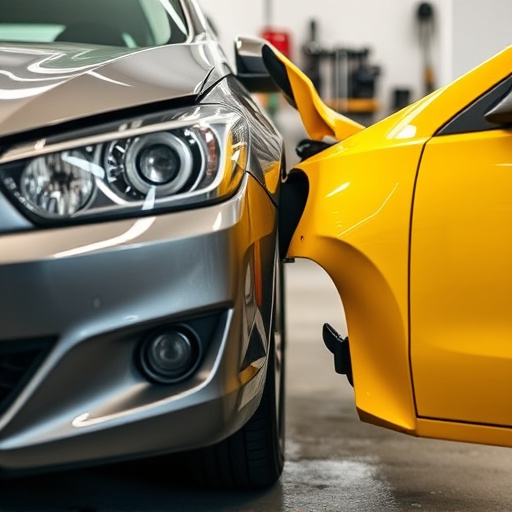
Step-by-Step Guide to DIY or Professional Tesla Bumper Sensor Repair
After a rear-end accident, your Tesla’s bumper sensor may be damaged, requiring repair for optimal safety and vehicle performance. Before diving into the process, it’s crucial to assess the extent of the damage. If you’re comfortable with basic automotive repairs, DIYing this task is feasible. Start by purchasing a replacement sensor suitable for your Tesla model from a reputable source. Ensure compatibility to avoid complications. Gather necessary tools: a screwdriver, pliers, and possibly a heat gun (for removing adhesive). Carefully remove the damaged sensor, taking note of its placement and any connected wires or brackets. Clean the area thoroughly before installing the new sensor, ensuring proper alignment for accurate readings.
For complex cases or to ensure optimal results, consider seeking professional help from fleet repair services or automotive experts specializing in Tesla bumper sensor repair. They can provide expert assessments, recommend the best course of action, and execute repairs with precision, minimizing downtime and maximizing vehicle safety. Remember, a well-maintained Tesla is safer on the road, so address any sensor issues promptly, whether through DIY efforts or enlisting professional assistance.
In conclusion, Tesla bumper sensor repair is a crucial aspect of maintaining your vehicle’s safety and functionality after a rear-end accident. By understanding the sensors’ role, identifying common causes of such collisions, and knowing the repair options available – whether DIY or professional – you can ensure your Tesla is restored to its optimal state, offering enhanced protection for future drives. For effective Tesla bumper sensor repair, it’s essential to act promptly and seek reliable solutions.
